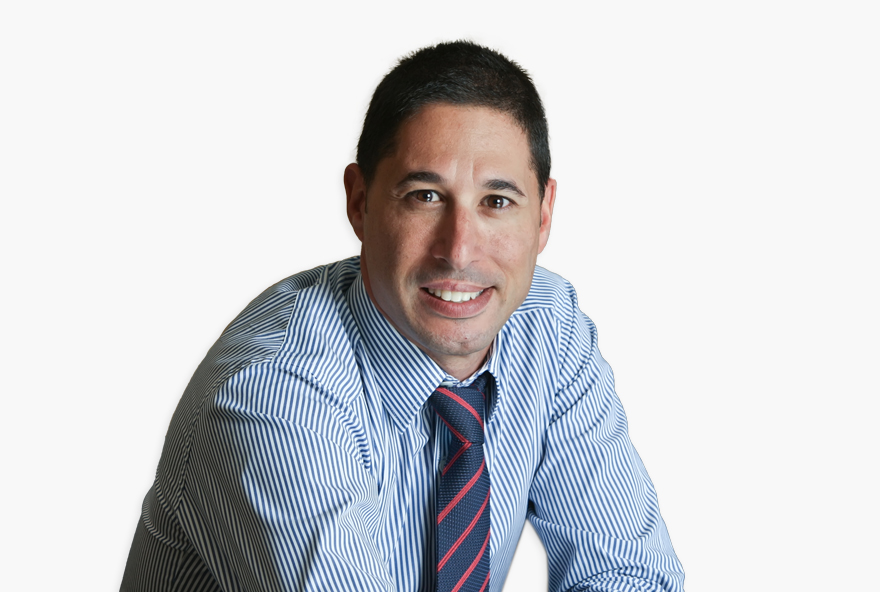
Several key super changes apply for employers and superannuation members from 1 July 2022.
Changes applicable to employers:
Increase to superannuation guarantee rate
The superannuation guarantee (SG) rate will increase from 10% to 10.5% p.a. If you are an employer, you need to ensure you have sufficient cash flow to continue to meet your superannuation guarantee obligations which are due 28 days after the close of the relevant quarter.
The $450 per month minimum income threshold for SG contributions will also be removed and a greater number of employees may become entitled to an SG contribution.
Changes applicable to superfund members:
Changes to the work test
Individuals up to the age of 74, will no longer need to meet a work test to make voluntary, non-deductible, contributions.
Currently, if you are aged 67 to 74, you can only make voluntary contributions to super if you have worked at least 40 hours over 30 consecutive days in the financial year, or you satisfy the recently retired test. Under current rules, the work test must be met for this age group prior to contributing to a superannuation fund.
From 1 July 2022, this work test will only apply to you if you wish to claim a tax deduction for the voluntary contributions you make to your SMSF. If making personal deductible contributions, from 1 July 2022, you will be able to meet the work test at any time in the financial year. This means that the work test will no longer apply to contributions you make under a salary sacrifice arrangement or for any personal contributions that you don’t claim a tax deduction for, such as non- concessional contributions.
Non-concessional contributions
Currently, only if you were under the age of 67 on 1 July of the financial year, can you make non-concessional contributions which exceed the annual $110,000 non-concessional contributions cap.
Currently, the bring-forward rules allow you to make up to $330,000 (i.e. three years’ worth of non-concessional contributions), in a single year if your total super balances was under $1.48 million as at 30 June of the previous financial year, or $220,000 if your total super balances was greater than or equal to $1.48 million but less than $1.59 million as at 30 June of the previous financial year.
From 1 July 2022, the cut-off age to access the bring-forward rules will increase to 75. However, the total super balance thresholds referred to apply above, still apply.
This means that if you are 74 on 1 July 2022 and you have a total super balance of less than $1.48m, you may be able to have one last boost to your retirement savings by making a $330,000 non-concessional contribution to your superannuation. The contribution simply must be made, no later than 28 days after the month in which you turn 75.
Downsizer contributions
Currently, you can only make a downsizer contribution if you are 65 or older at the time of the contribution and have satisfied the other eligibility requirements.
From 1 July 2022, the minimum age will reduce to 60. All other eligibility rules remain unchanged and the maximum amount of downsizer contributions that can be made remains at $300,000 per person or $600,000 per couple.
If you are selling your home and expect to receive the sale proceeds close to the end of this financial year, please contact our office to discuss the timing of a downsizer contribution and the potential to boost other contribution opportunities in 2022-23.
For example, if you get the timing right, you may be able to combine a downsizer contribution with the bring-forward rules to contribute up to $630,000 to your superannuation, in one year. As a couple this could present a one-off opportunity to boost your retirement savings by $1.26m.
First home super saver scheme (FHSSS)
Currently the FHSSS allows you to withdraw a maximum of $30,000 of voluntary contributions (plus associated earnings/less tax) from your super fund to fund the deposit of a new home.
From 1 July 2022, the maximum amount that can be withdrawn will increase to $50,000 meaning each eligible person will be able to withdraw an additional $20,000. All other eligibility rules remain unchanged.
Also unchanged is the maximum amount of contributions that an individual can make each year that can count towards the FHSSS – this remains at $15,000 p.a. This means that it will take a member, at least four years of voluntary contributions, to reach the higher $50,000 limit.
How can we help?
Navigating your way through the superannuation contribution rules can be very complex, especially in the lead up to a member’s retirement. If you have any questions, require assistance, or would like to discuss whether any of these opportunities apply to you, please feel free to contact your Pitcher Partners representative, or one of our experts below.









